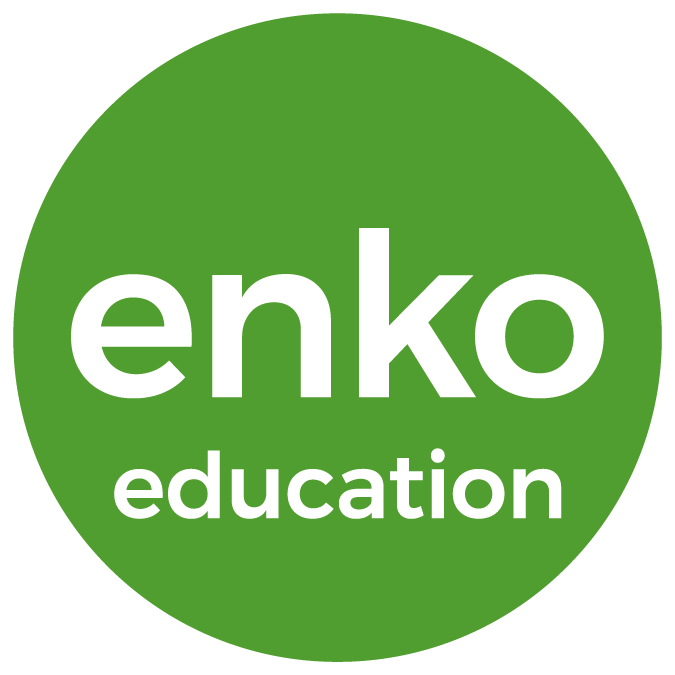How can technology improve school education?
Reports about the deficiencies of primary and secondary education are released almost daily. The PISA test, for example, which quantitatively tests 15-years-olds in 65 countries, showed a decrease in academic performance from 2003 to 2012. This is despite additional resources provided by the governments and regulations put in place, such as extending the school day. Clearly, our current approach is not working. But why?
Today’s students are fundamentally different from students 20 years ago. Given the technology revolution, students interface with screens more frequently than people. Additionally, they are growing up in a global community without leaving their homes. Yet, we are trying to educate them in the same way, using the same pedagogical methods developed over 100 years ago. Adaption permeates every industry, and it is no less important in an educational setting.
However, given the poor student-teacher ratios and the ageing teacher population in developed countries (as well as the low percentage of trained teachers in many developing countries), how should the educational system be changed? Who is qualified to develop this new curriculum, and how will it be disseminated?
The good news is that many of these same questions have already been asked (and answered) in the higher education arena.
Under the broader category of distance learning, universities have expanded their impact by offering online courses, which can be taken by anyone around the world. The courses are created by the faculty and hosted by the university. Additionally, they are seamlessly integrated into accredited higher-education programmes. It is equally important to provide a paradigm for the student to receive credit for their classwork in a primary and secondary education system. It’s something to consider as part of a technology-based approach for a primary or secondary education setting.
Distance learning in a university setting actually pre-dates the internet. Originally, universities used teleconference systems. When the internet became broadly available, the translation of the approach was fairly straightforward and readily adopted. An online course can include any of the following: video lectures (real-time or pre-recorded), lecture notes, e-textbooks and interactive discussion boards. And just because it’s virtual it doesn’t rule out homework, exams and collaborative team projects (although structures vary by discipline). These types of classes work well in a higher education setting, with a student who is self-motivated and where high-speed internet is available. But it is not clear if such an approach would translate to a primary or secondary education setting where one-on-one attention is frequently needed and students do not all have equal internet access.
In the past two decades, significant research has shown that active learning is more effective. Based on this, faculty began to implement pedagogical techniques such as “flipping the classroom”, in which students are assigned reading tasks and active learning with the professor happens during class time. For example, the students might read a chapter in a textbook before class, and during class answer questions as a group or perform an activity based around the material. The key difference is that the professor does not spend class time teaching the material, but instead the students are actively engaged with the material. In many classes, in order to accomplish this change, the faculty have leveraged the internet, creating a hybrid model where a portion of the class is online and a portion is in-person.
This model is ideally suited for translation to a primary or secondary education setting, in either a developed or developing country.
How should the educational system be changed?
This approach will allow teachers to spend classroom time more effectively by integrating active-learning principles and focusing class time on the more challenging aspects of a given subject or group activities designed to promote the development of creativity and empathy. For example, short quizzes can be given nightly and graded electronically, providing rapid feedback with minimal additional work for the teacher on topics where the students might be struggling. Alternatively, “challenge problems” can be given to the students, testing their understanding of a topic but requiring them to work together to come up with a solution.
Additionally, for some subjects, an interactive or international classroom could be created, adding an entirely new dimension to primary and secondary education. These global classrooms would be particularly suited for languages and history, and would better prepare students for a global society.
Who is qualified to develop this?
An ongoing study by the World Economic Forum’s New Vision for Educationproject has identified that primary and secondary education needs to expand from its current focus on maths and writing to include soft skills, such as creativity, communication and critical thinking. Given this paradigm shift, it is necessary to have the curriculum developed by teachers who have a similarly transformative mindset. Additionally, teachers from around the globe are needed to tailor curricula to specific countries and cultures.
Fortunately, the Forum’s Young Global Leaders community recently launched a global initiative to recognize the top teachers. Many of these teachers have been nominated because they possess exactly this approach to education, and they would be ideally suited to begin the creation of such curricula. If a global initiative was launched by the Forum, these leading primary and secondary teachers would be ideally suited to act as leaders for their countries, identifying and recruiting other top teachers.
How will it be disseminated?
Given the varying quality of internet access in both developed and developing countries, the translation or dissemination approach is quite possibly the largest challenge.
In many developing countries, the internet may not be the best or most reliable approach. Assuming computers are present, CDs/DVDs/USB drives with modules that the students can either print out or transfer to other devices could be created and disseminated. After students complete the modules, the feedback could be sent (or printed out and handed in) to the teacher, who can then optimize the class time to best target the weaknesses of the students. To further help teachers in rural areas with this type of adaptable curriculum, suggestions for how to address different weakness areas could be developed. It is also important to note that the general assumption that the internet is universally accessible in developed countries is not completely true. For example, there are many regions in the United States, such as the Appalachian Mountains, which have limited or no access.
In regions with broad access to the internet, the implementation will be more straightforward and the system could be more interactive, perhaps including features inspired by higher education such as global classrooms and discussion boards.
Regardless of the country or the teacher, the ultimate goal is to improve primary and secondary education. Increasing class time does not improve the hard skills, and the soft skills are worse than in the previous generation. Therefore, to address both gaps, a transformation in our fundamental approach to primary and secondary education is needed. More classroom time needs to be dedicated to group or team activities that require creative thought, communication and collaboration, but which reinforce the hard skills, such as maths and literature. By integrating technology into primary and secondary curricula, this shift is possible.
Source: World Economic Forum



